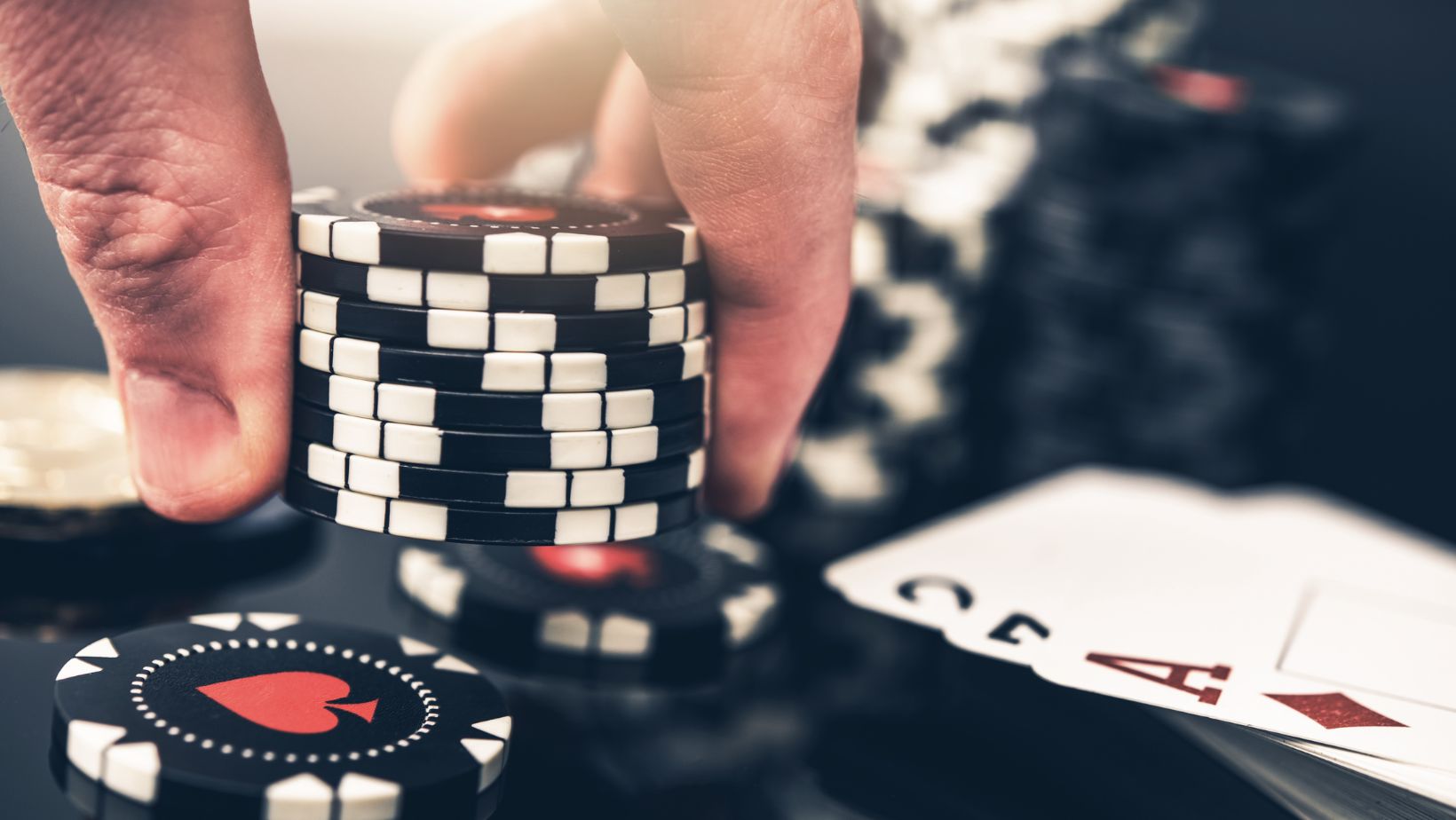Slot games have come a long way from the simple one-armed bandits of the past. Today, they’re a staple of both land-based casinos and online gaming platforms. Behind every spin is a carefully crafted system designed to engage players, keep them hooked, and encourage them to keep playing. But how exactly do slot game mechanics influence player behavior? Let’s dive into the science of slot game design and explore how different mechanics shape the player experience.
What Is Slot Game Design?
Slot game design is a combination of psychology, mathematics, and technology, all working together to create a fun, engaging, and rewarding experience. Game developers use a variety of elements such as symbols, reels, paylines, bonus rounds, and jackpots to make the game exciting and rewarding. However, one key aspect that often influences a player’s behavior is the RTP (Return to Player) rate.
How Does RTP Affect Player Behavior?
RTP, or Return to Player, is one of the most crucial factors in slot game design. It refers to the percentage of all wagered money that a slot game will pay back to players over time. For example, if a game has an RTP of 96%, this means that for every $100 wagered, the game will pay back $96 on average.

Players often believe that higher RTP slots are more likely to deliver winnings, even though this isn’t entirely true in the short term. The volatility of a game plays a big role here as well. High RTP games often come with low volatility, meaning players will see more frequent, but smaller wins. On the other hand, lower RTP games can offer higher payouts, but these come with less frequency, keeping players engaged through the promise of a big win.
How Paylines and Reels Impact Player Behavior
In the early days of slot machines, the game mechanics were simple – usually just three reels with a single payline. But today, many modern 128sports slots feature multiple reels and hundreds of paylines. This increase in paylines changes how players interact with the game, as it gives them more chances to win.
The presence of more reels and paylines can affect a player’s decision to continue spinning. While more paylines might seem like an attractive option, they also require higher bets per spin. Some players enjoy the thrill of more frequent payouts, while others prefer the potential for larger wins offered by fewer, higher-stakes paylines. This choice comes down to individual preferences and risk tolerance, which is why developers offer such variety.
Bonus Rounds and Free Spins: The Psychological Hook
One of the most engaging aspects of modern slot games is the inclusion of bonus rounds and free spins. These features are designed to give players an extra shot at winning without spending more money, which naturally encourages them to keep playing.
When players trigger a bonus round, they feel a sense of accomplishment and are more likely to continue spinning in hopes of hitting a bigger prize. The psychological factor at play here is the variable reinforcement schedule. This is a concept where players are rewarded unpredictably, which is known to increase the desire to keep playing. This is why free spins and bonus rounds are so effective in keeping players hooked.
The Role of Sound and Visuals in Slot Design
The visuals and sound effects in a slot game are also essential to the overall player experience. Bright colors, flashy animations, and a catchy soundtrack can enhance the sense of excitement, making players feel as though they are winning, even when they’re not.

Psychologically, these elements create a sensory environment that mimics the “win” state, triggering positive emotions. This creates a loop of reinforcement, where players associate the sounds and visuals with winning and fun, encouraging them to spin just a few more times.
The Allure of Jackpots: Big Wins and Bigger Dreams
At the heart of most 128sportswangi.org slot games is the jackpot—the elusive grand prize that promises life-changing amounts of money. Progressive jackpots, in particular, can grow to enormous sums, attracting players who are hoping for a big payout. The dream of hitting that jackpot is often what drives players to continue playing, even after they’ve already spent a significant amount of money.
This “jackpot chase” is powerful. Players may find themselves betting more and more, holding onto the hope that the next spin could be the one that delivers a massive win. The larger the jackpot, the more attractive the game becomes. This is why progressive jackpots are such a popular feature in online slots.
Conclusion: Designing for Player Engagement
Slot game design is a science that goes far beyond just creating a fun game to play. By understanding how RTP, paylines, reels, and other mechanics influence player behavior, developers can craft experiences that keep players coming back for more. Whether it’s through frequent small wins, the excitement of bonus rounds, or the allure of a massive jackpot, every aspect of a slot game is designed to maximize engagement.
The next time you sit down to spin the reels, remember that there’s a lot more going on than just random luck. Behind each spin is a carefully engineered experience that’s designed to keep you hooked—whether you’re chasing a jackpot or just enjoying the thrill of the game. Understanding these mechanics can help you make better choices when selecting games, ultimately enhancing your overall experience.


More Stories
Play Tongits Go and Win Big: Inside the ₱300,000 Champion Cup Victory
Exploring the Fascination of Slot88 and Toto Togel
Board Game Icons Meet Casino Fun: Slot Themes for Game Lovers